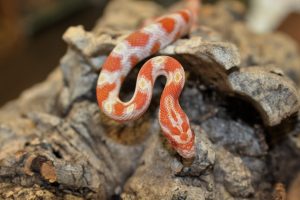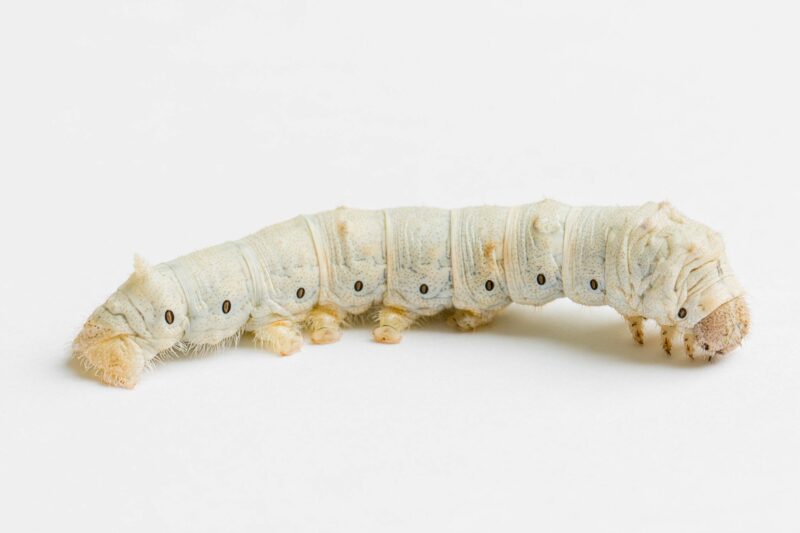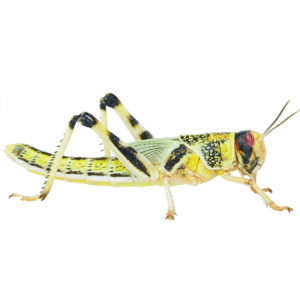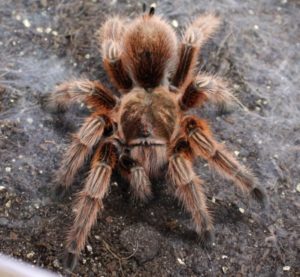
New Pet Owner’s Responsibility Guide
Welcoming a reptile into your home is exciting, but it also comes with important responsibilities. Here are key reminders to help you provide the best

When it comes to providing a well-rounded and nutritious diet for reptiles, silkworms stand out as a fantastic option. These soft-bodied larvae, derived from the silk-producing Bombyx mori moth, are not only a natural and delectable treat for reptiles but also offer a range of health benefits. In this blog, we’ll delve into why silkworms are an excellent food choice for reptiles, how to care for them, and where to find quality silkworm chow, such as the one available at Evolution Reptiles.
Silkworms boast a highly nutritious composition, making them a wholesome food source for reptiles. They are rich in protein, essential amino acids, and vitamins, contributing to the overall well-being and vitality of your scaly companions.
Silkworms have a high moisture content, helping to keep your reptile hydrated. This is particularly beneficial for species that may not drink water regularly or those residing in drier environments.
The soft exoskeleton of silkworms makes them easy to digest, reducing the risk of impaction, a common concern with harder-shelled insects.
Silkworms are low in fat, making them an ideal choice for reptiles that require a leaner diet. This is especially important for species prone to obesity or those with specific dietary restrictions.
Set up a well-ventilated container with a secure lid Such as a Faunarium. Line the bottom with paper towels or a similar substrate for easy cleaning.
Feed silkworms a diet of mulberry leaves or a quality silkworm chow, such as the ProRep Silkworm Chow available at Evolution Reptiles. This ensures they retain the essential nutrients that will be passed on to your reptiles.
Maintain a temperature between 24°C to 29°C and a humidity level around 60-70%. This will encourage healthy development and molting.
Silkworms undergo molting as they grow. Provide enough space for this natural process, and transfer them to a separate container with paper towels during the pupal stage.
Several popular reptile species relish the nutritional benefits of silkworms. Consider incorporating these into the diet of your scaly friends:
1. Bearded Dragons
2. Leopard Geckos
3. Chameleons
4. Anoles
5. Skinks
6. Tree Frogs
7. Tarantulas
Silkworms are more than just the producers of luxurious silk—they are a powerhouse of nutrients for your reptilian companions. By introducing these soft-bodied larvae into your reptile’s diet, you can contribute to their overall health and well-being. Make sure to source quality silkworms and silkworm chow, and your reptiles will thank you with their vibrant colors, energy, and longevity.

Welcoming a reptile into your home is exciting, but it also comes with important responsibilities. Here are key reminders to help you provide the best

Calling all reptile keepers and bug lovers! Stock up and earn rewards every time you purchase live foods in-store. 🦗 Get 50 Bonus Points When

Welcome to Evolution Reptiles’ guide to tarantula care! Whether you’re a seasoned arachnid enthusiast or just starting your journey into the fascinating world of these
Copyright 2021 Evolution Reptiles
All rights reserved.